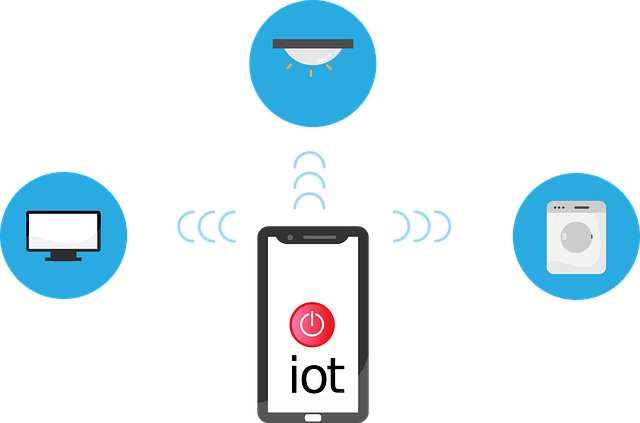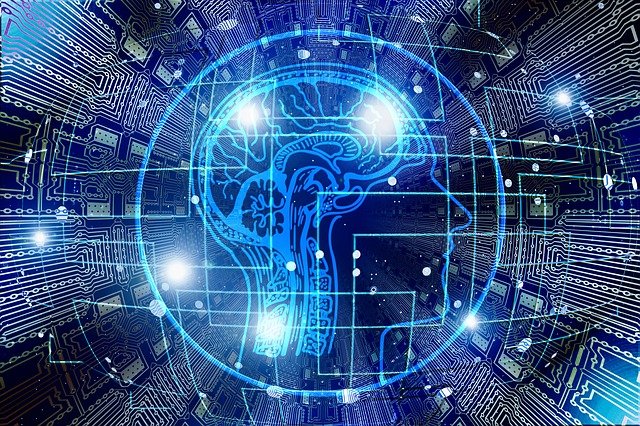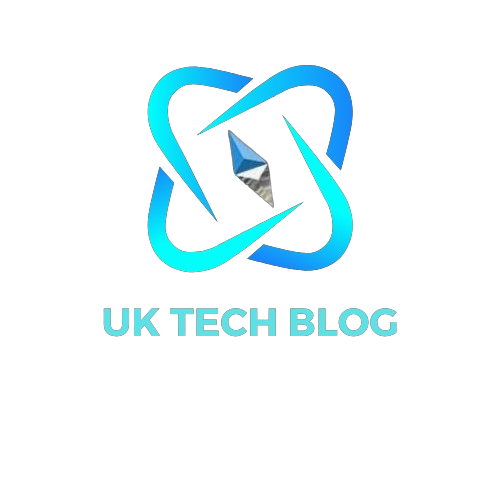IoT has been steadily adopted in the business world over the past decade. Businesses have been built or optimized using IoT devices and their data capabilities, ushering in a new era of business and consumer technology.
Xavier Dupont, Senior Director of Product Line, at Lantronix, says:
“The next wave is upon us as incredible advances in AI and machine learning unleash the possibilities of IoT devices utilizing Artificial Intelligence of Things (AIoT).”
Consumers, businesses, economies, and industries that adopt and invest in AIoT can leverage its power and gain competitive advantages. IoT collects the data, and AI analyzes it to simulate smart behavior and support decision-making processes with minimal human intervention.
Why IoT Needs AI
 IoT allows devices to communicate with each other and act on those insights. These devices are only as good as the data they provide. To be useful for decision-making, the data needs to be collected, stored, processed, and analyzed.
IoT allows devices to communicate with each other and act on those insights. These devices are only as good as the data they provide. To be useful for decision-making, the data needs to be collected, stored, processed, and analyzed.
This creates a challenge for organizations. As IoT adoption increases, businesses are struggling to process the data efficiently and use it for real-world decision-making processes and insights.
This is due to two problems: the cloud and data transport.
The cloud can’t scale proportionately to handle all the data that comes from IoT devices and transporting data from the IoT devices to the cloud is bandwidth limited. No matter the size and sophistication of the communications network, the sheer volume of data collected by IoT devices leads to latency and congestion.
Several IoT applications rely on rapid, real-time decision-making such as autonomous cars. To be effective and safe, autonomous cars need to process data and make instantaneous make decisions (just like a human being). They can’t be limited by latency, unreliable connectivity, and low bandwidth.
Autonomous cars are far from the only IoT applications that rely on this rapid decision-making. Manufacturing already incorporates IoT devices, and delays or latency could impact the processes or limit capabilities in the event of an emergency.
In security, biometrics are often used to restrict or allow access to specific areas. Without rapid data processing, there could be delays that impact speed and performance, not to mention the risks in emergent situations. These applications require ultra-low latency and high security, making the transfer of data to the cloud and back unviable.
Unlocking the True Potential of IoT Devices with Artificial Intelligence of Things (AIoT)
 Every day, IoT devices generate around 1 billion GB of data. By 2025, the projection for IoT-connected devices globally is 42 billion. As the networks grow, the data does too.
Every day, IoT devices generate around 1 billion GB of data. By 2025, the projection for IoT-connected devices globally is 42 billion. As the networks grow, the data does too.
As demands and expectations change, IoT is not enough. Data is increasing, creating more challenges than opportunities. The obstacles are limiting the insights and possibilities of all that data, but intelligent devices can change that and allow organizations to unlock the true potential of their organizational data.
With AI, IoT networks and devices can learn from past decisions, predict future activity, and continuously improve performance and decision-making capabilities. AI allows the devices to “think for themselves,” interpreting data and making real-time decisions without the delays and congestion that occur from data transfers.
4 Benefits of AIoT
AIoT has a wide range of benefits for organizations and offers a powerful solution to intelligent automation.
1. Avoiding Downtime
 Some industries are hampered by downtimes, such as the offshore oil and gas industry. Unexpected equipment breakdown can cost a fortune in downtime. To prevent that, predictive maintenance with AIoT can predict equipment health in advance and schedule maintenance before the equipment can experience more severe issues.
Some industries are hampered by downtimes, such as the offshore oil and gas industry. Unexpected equipment breakdown can cost a fortune in downtime. To prevent that, predictive maintenance with AIoT can predict equipment health in advance and schedule maintenance before the equipment can experience more severe issues.
2. Increasing Operational Efficiency
 AI in IoT processes the huge volumes of data coming into IoT devices and detects underlying patterns much more efficiently than humans can. AI with machine learning can enhance this capability by predicting the operation conditions and the modifications necessary for improved outcomes.
AI in IoT processes the huge volumes of data coming into IoT devices and detects underlying patterns much more efficiently than humans can. AI with machine learning can enhance this capability by predicting the operation conditions and the modifications necessary for improved outcomes.
3. Enabling New and Improved Products and Services
 Natural language processing is constantly improving, allowing devices and humans to communicate more effectively. AIoT can enhance new or existing products and services by allowing for better data processing and analytics.
Natural language processing is constantly improving, allowing devices and humans to communicate more effectively. AIoT can enhance new or existing products and services by allowing for better data processing and analytics.
4. Improved Risk Management
 Risk management is necessary to adapt to a rapidly changing market landscape. AI with IoT can use data to predict risks and prioritize the ideal response, improving companies’ employee safety, mitigating cyber threats, and minimizing financial losses.
Risk management is necessary to adapt to a rapidly changing market landscape. AI with IoT can use data to predict risks and prioritize the ideal response, improving companies’ employee safety, mitigating cyber threats, and minimizing financial losses.
Key Industrial Applications for AIoT
AIoT is already revolutionizing many industries, including manufacturing, automotive, and retail.
Here are some common applications for AIoT in different industries:
Manufacturing
 Manufacturers have been leveraging IoT for equipment monitoring. Taking it a step further, AIoT combines the data insights from IoT devices with AI capabilities to offer predictive analysis. With AIoT, manufacturers can take a proactive role in warehouse inventory, maintenance, and production.
Manufacturers have been leveraging IoT for equipment monitoring. Taking it a step further, AIoT combines the data insights from IoT devices with AI capabilities to offer predictive analysis. With AIoT, manufacturers can take a proactive role in warehouse inventory, maintenance, and production.
Robotics in manufacturing can significantly improve operations. Robots are enabled with implanted sensors for data transmission and AI, so they can continually learn from data and save time and reduce costs in the manufacturing process.
Sales and Marketing
 Retail analytics takes data points from cameras and sensors to track customer movements and predict their behaviors in a physical store, such as the time it takes to reach the checkout line. This can be used to suggest staffing levels and make cashiers more productive, improving overall customer satisfaction.
Retail analytics takes data points from cameras and sensors to track customer movements and predict their behaviors in a physical store, such as the time it takes to reach the checkout line. This can be used to suggest staffing levels and make cashiers more productive, improving overall customer satisfaction.
Major retailers can use AIoT solutions to grow sales through customer insights. Data such as mobile-based user behavior and proximity detection offer valuable insights to deliver personalized marketing campaigns to customers while they shop, increasing traffic in brick-and-mortar locations.
Automotive
 AIoT has numerous applications in the automotive industry, including maintenance and recalls. AIoT can predict failing or defective parts, and systems can combine the data from recalls, warranties, and safety agencies to see which parts may need to be replaced and provide service checks to customers. Vehicles end up with a better reputation for reliability, and the brand has a better reputation and customer trust and loyalty.
AIoT has numerous applications in the automotive industry, including maintenance and recalls. AIoT can predict failing or defective parts, and systems can combine the data from recalls, warranties, and safety agencies to see which parts may need to be replaced and provide service checks to customers. Vehicles end up with a better reputation for reliability, and the brand has a better reputation and customer trust and loyalty.
One of the best-known, and possibly most exciting, applications for AIoT is autonomous vehicles. With AI enabling intelligence to IoT, autonomous vehicles can predict driver and pedestrian behavior in a multitude of circumstances to make driving safer and more efficient.
Healthcare
 One of the prevailing goals of quality healthcare is extending it to all communities. Regardless of the size and sophistication of healthcare systems, physicians are spending less time with patients and are under pressure with time and workloads. The challenge to deliver high-quality healthcare against administrative burdens is intense.
One of the prevailing goals of quality healthcare is extending it to all communities. Regardless of the size and sophistication of healthcare systems, physicians are spending less time with patients and are under pressure with time and workloads. The challenge to deliver high-quality healthcare against administrative burdens is intense.
Healthcare facilities also produce vast amounts of data and record high volumes of patient information, including imaging and test results. This information is valuable and necessary to quality patient care, but only if healthcare facilities can access it quickly to inform diagnostic and treatment decisions.
IoT combined with AI has numerous benefits for these hurdles, including improving diagnostic accuracy, enabling telemedicine and remote patient care, and reducing the administrative burden of tracking patient’s health in the facility. And perhaps most importantly, AIoT can identify critical patients faster than humans by processing patient information, ensuring that patients are triaged effectively.
Preparing for the Future with AIoT
AI and IoT are the perfect marriage of capabilities. AI enhances IoT through smart decision-making, and IoT facilitates AI capability through data exchange. Ultimately, the two combined can pave the way to a new era of solutions and experiences that transform businesses across numerous industries, creating new opportunities altogether.
——-
Author Bio:

Guido Voigt is the Director of Engineering, at Lantronix, a global provider of turnkey solutions and engineering services for the internet of things (IoT). Guido’s and Lantronix’s goal is to enable their customers to provide intelligent, reliable, and secure IoT and OOBM solutions while accelerating time to market.
Author Profile

- Online Media & PR Strategist
- Blogger and Educator by Passion | CMO at ClickDo Ltd. | Editor in Chief of various English and German blogs | Summer Course Student at the London School of Journalism.
Latest entries
 Finance & Crypto11th July 2025How to choose the best Demo Trading Account in the UK for Strategy Refinement
Finance & Crypto11th July 2025How to choose the best Demo Trading Account in the UK for Strategy Refinement Software19th December 2024Understanding Entity Resolution: A Comprehensive Guide
Software19th December 2024Understanding Entity Resolution: A Comprehensive Guide Software27th July 2024The 6 Challenges to Overcome when Implementing Client Portals
Software27th July 2024The 6 Challenges to Overcome when Implementing Client Portals Finance & Crypto22nd July 202410 Best Investment Apps UK & Trading Apps UK With Effective Robo Advisors For Automated Investment
Finance & Crypto22nd July 202410 Best Investment Apps UK & Trading Apps UK With Effective Robo Advisors For Automated Investment

